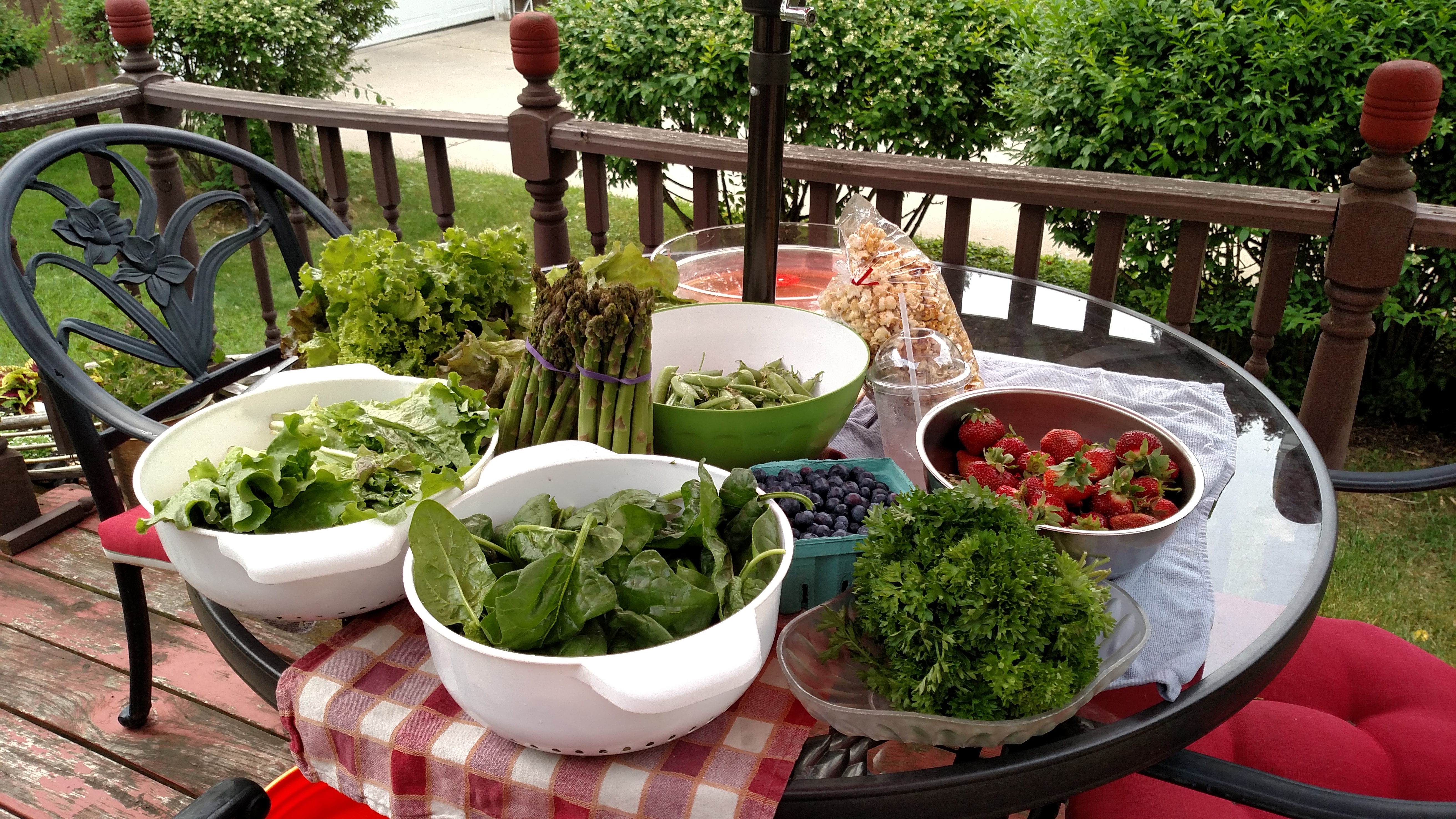My Facebook post reads:
“Just finished the annual task of cutting up old Christmas cards to become gift tags. For the record, I haven’t bought gift tags in at least 35 years. At least.”
I followed up with a few comments on the use – or not – of wrapping paper. I didn’t need to write a new post on the topic; a search for “wrapping” came up with several. Here is is, folks, a reprise of the No New Wrapping Paper philosophy.
It’s time to remind myself (as if I needed the reminder) of my personal rule: No New Wrapping Papers. I give in on ribbons, invisible tape, and a few other basics. But as for wrapping paper, I dig in my heels.
Wrapping paper is:
- rarely recycled
- even more rarely recyclable
- not suitable for fireplaces
- wasteful (as in it fills the garbage bin)
- a waste of money
I am lenient on the re-use of gift bags – key word, re-use. I stuff the aforementioned bags with reused and reusable tissue. Sometimes we even decorate a plain bag with small scraps of re-purposed wrapping paper.
Keep sending the old fashioned snail mail holiday cards! Besides enjoying them, we reuse many cards as gift tags. I cut circles out of cards to make decorative tops for canned goods (pickles and jams, especially).
My family still gives me a hard time when I carefully unwrap big packages in order to re-use portions of the paper. That doesn’t stop me from doing it.
I ran into a dilemma yesterday. What about buying wrapping paper at a thrift store? Well, that kind of purchase doesn’t waste as much money, and the purchase price often goes toward a good cause. However, gift wrap purchased elsewhere is still rarely recycled or recyclable, and still not suitable for fireplaces. It’ll still fill the garbage bin, too. I decided not to buy it.
Readers, can you help me expand on the environmentally sound wrapping wisdom? Comment if you can.

